Five houses are to be built on the site of a former Angus quarry which sent stone across Britain and abroad in its heyday.
At their peak, Carmyllie’s quarries employed around 500 men.
The site near Arbroath moved from roofing slates to quarrying pavement stone for towns and cities.
But operations ended nearly 70 years ago.
And Angus planners have now given the go-ahead for new homes on land at Slade Farm.
It was at the heart of the Carmyllie operations and the project will see one of the remaining quarry buildings saved for conversion.
Proposal resurfaces
In 2014, Angus Council granted planning permission for five homes on the Slade site.
The site access was upgraded and passing places put in, but the houses were never built.
The latest application has come from Chris Ettershank Joiners in Arbroath.
It will involve the demolition of dilapidated buildings which served the quarry until in closed in the early 1950s.
There is one building which architects say is not beyond economic repair.
And it will be kept and converted as a nod to the site’s important industrial past.
The developer hopes the setting in the Angus countryside will make the new homes desirable and sought after.
They will all be roofed with natural slate.
The site will be surrounded by nearly a hectare of natural woodland.
Carmyllie stone was relatively smooth and easily split, making it ideal roofing slate.
It was in high demand and at the end of the 18th century was being transported from Angus to Fife, Perthshire and the Mearns.
But as towns expanded in the 1800s, demand for pavement stone brought higher prices and customers clamouring from around the country.
The invention of a stone-planing machine and iron stone cutting circular saw helped boost production.
And it was followed by the building of the railway line from Elliot at Arbroath to Carmyllie in 1855.
It opened the way to Angus stone finding its way to cities across Britain and even overseas.
One famous train – the Carmyllie Pilot – is about to return to the tracks of the Speyside Railway.
So by 1870 the peak of pavement production saw 300-500 men employed there.
Production declined after 1900 and the quarries closed before WW1.
In 1922, under different management, it restarted on a smaller scale, mostly carrying out repairs to steps and pillars.
By 1938, just sixteen men were employed and after WWII only a few remained until the quarries finally closed in 1953.
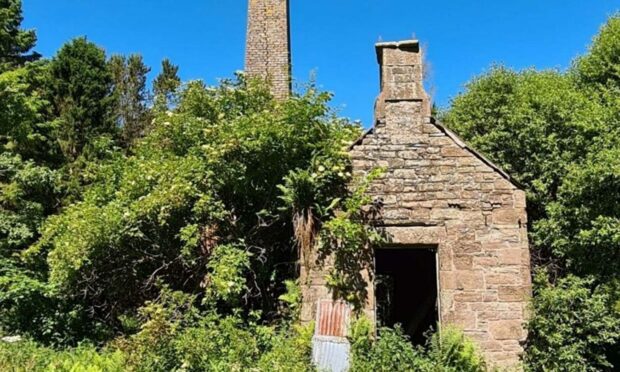
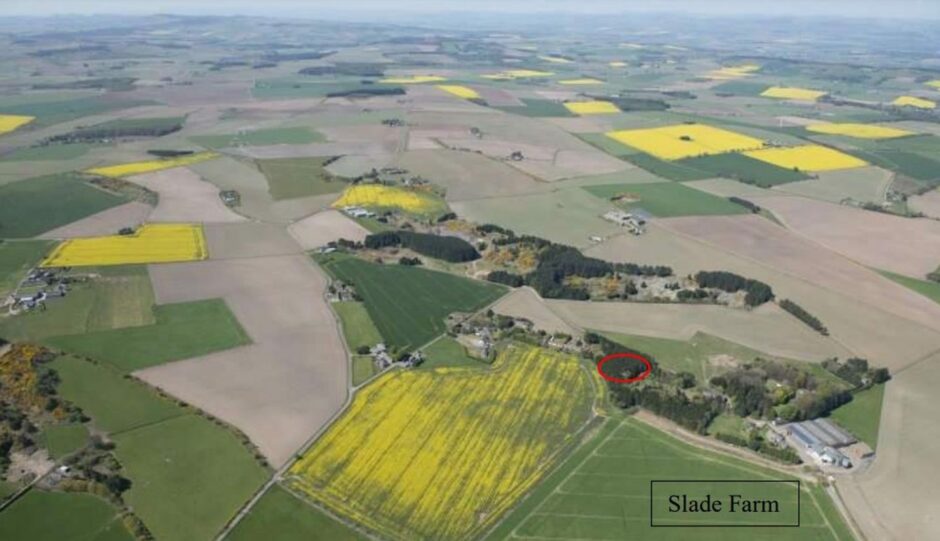
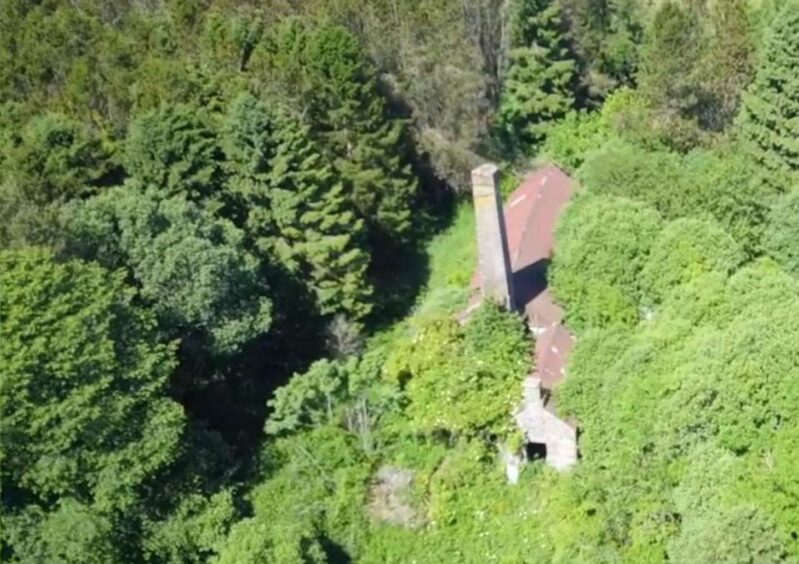
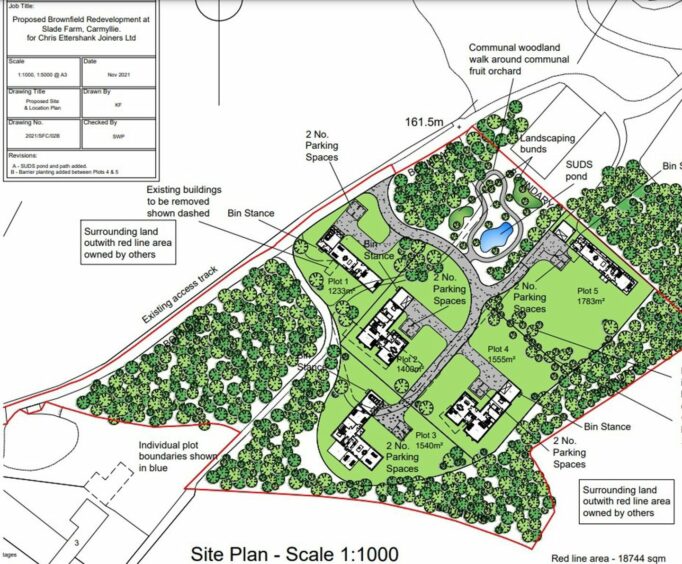
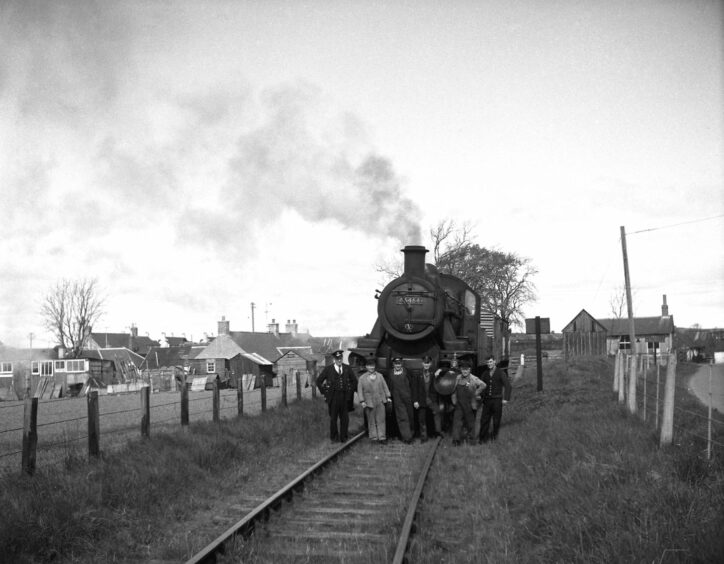
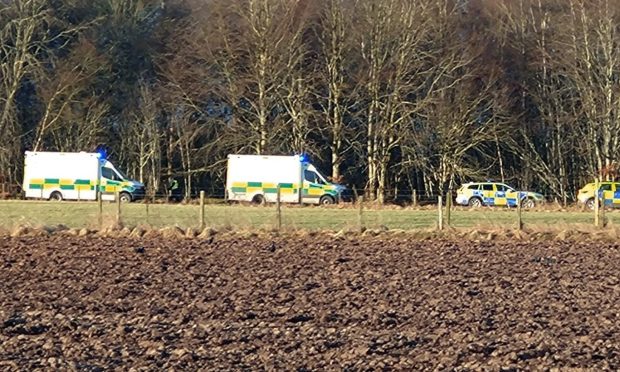
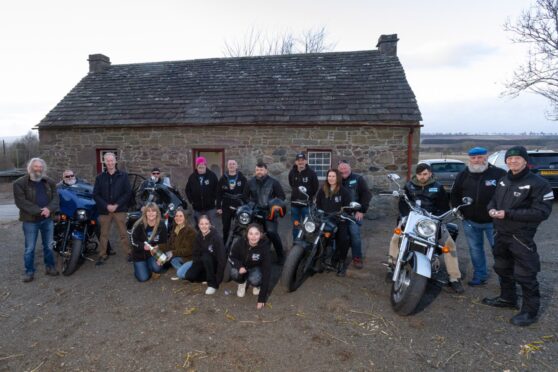


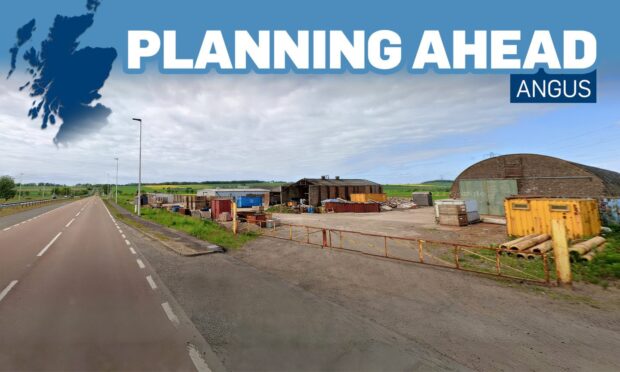



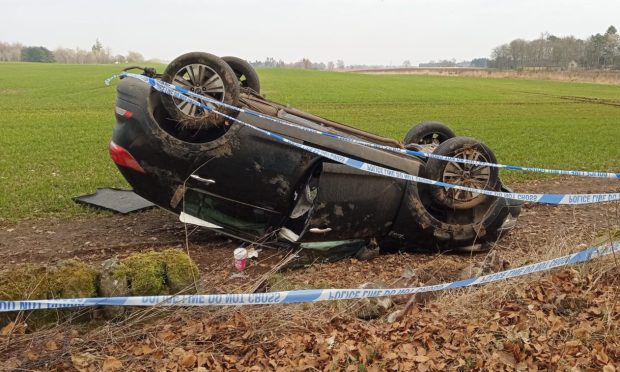

Conversation